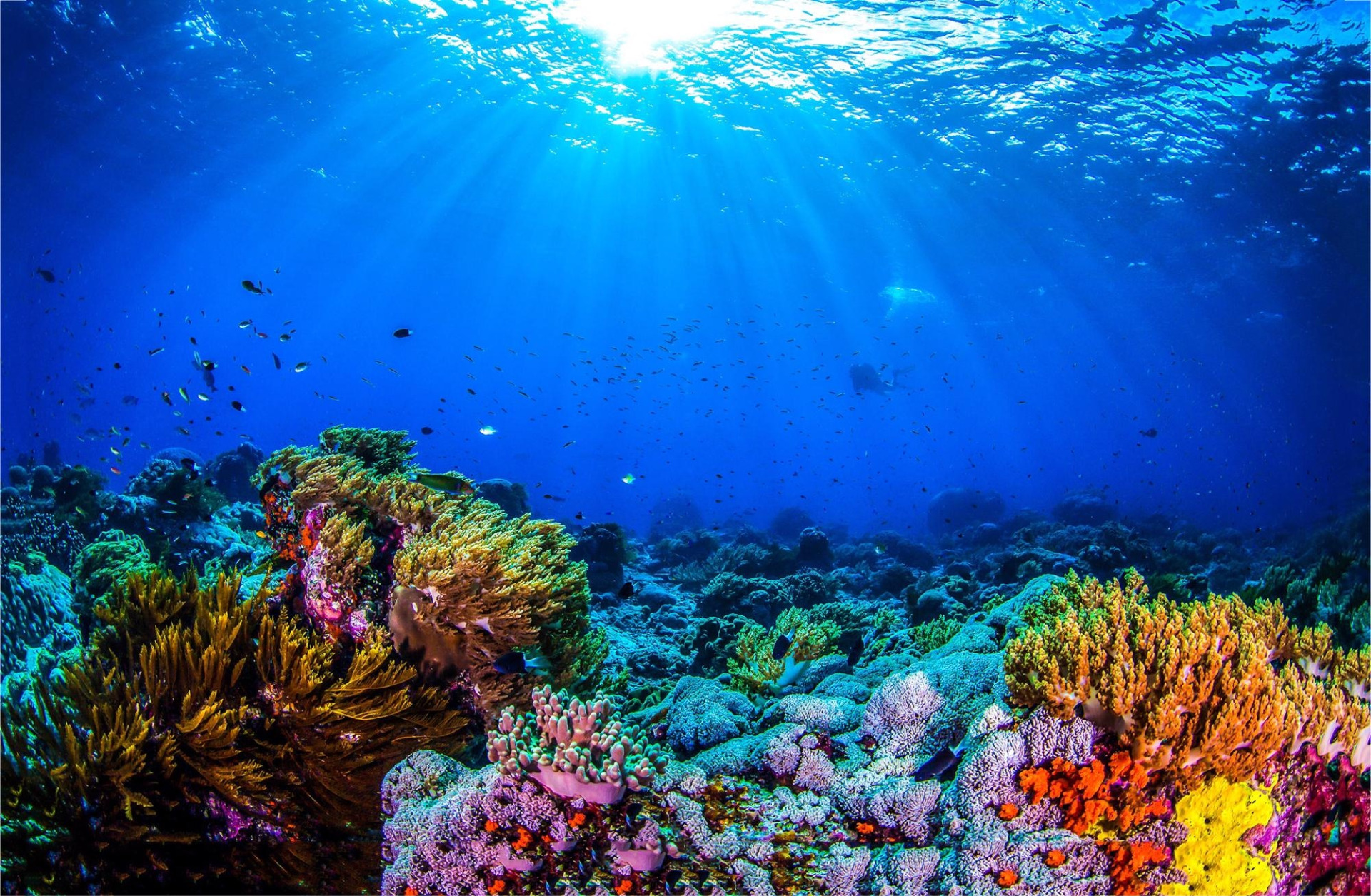MESOPELAGIC

The mesopelagic zone, also known as twilight zone, is the part of the pelagic zone that lies between the photic epipelagic and the aphotic bathypelagic zones. It is defined by light, and begins at the depth where only 1% of incident light reaches and ends where there is no light; the depths of this zone are between approximately 200 to 1000 meters below the ocean surface. It hosts a diverse biological community that includes bristlemouths, blobfish, bioluminescent jellyfish, giant squid, and a myriad of other unique organisms adapted to live in a low-light environment.
Although some light penetrates the mesopelagic zone, it is insufficient for photosynthesis. The biological community of the mesopelagic zone has adapted to a low-light, low-food. This is a very efficient ecosystem with many organisms recycling the organic matter sinking from the epipelagic zone resulting in very little organic carbon making it to deeper ocean waters. The general types of life forms found are daytime-visiting herbivores, detritivores feeding on dead organisms and fecal pellets, and carnivores feeding on those detritivores. Many organisms in the mesopelagic zone move up into the epipelagic zone at night, and retreat to the mesopelagic zone during the day. However very little is known about the microbial community of the mesopelagic zone because it is a difficult part of the ocean to study.

